An Argument for Holding Certain Rituals Above Ground in Winter
“Since your death, my entire body has gradually dismembered, so why shouldn’t my feet be outside in the bushes walking around by themselves while at the same time not really there at all? The chalk outline of my previous self has been erased to release a horde of molecules. They thunder here and there like a herd of aurochs seeking the familiar scent of lions to steer them onto a coherent path. My bones have splintered into kindling and what remains offers no more than an awkward set of arcs on which to hang a face.”—Anita Sullivan
The Highest Cauldron
By Anita Sullivan
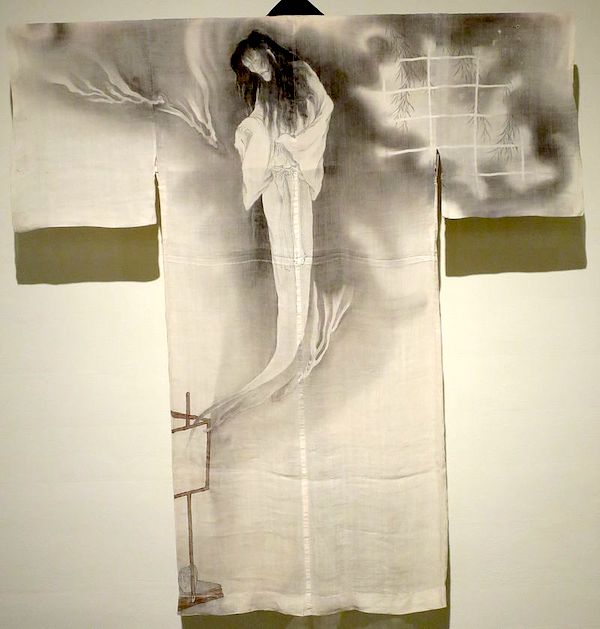
EUGENE Oregon—(Weekly Hubris)—1 February 2023—As I walk across the sunlit rug towards the front window of my house, I see a small movement in the leafless hydrangea outside and quickly realize it’s a reflection of my feet—the fuzzy pink socks, the red sandals.
Just such ghostliness!
Since your death, my entire body has gradually dismembered, so why shouldn’t my feet be outside in the bushes walking around by themselves while at the same time not really there at all? The chalk outline of my previous self has been erased to release a horde of molecules. They thunder here and there like a herd of aurochs seeking the familiar scent of lions to steer them onto a coherent path. My bones have splintered into kindling and what remains offers no more than an awkward set of arcs on which to hang a face.
“I am selfless!” I whisper with a grim smile. Yes, so recently unselved by grief, I’m easily rescued now by smaller things: coal in ash, saffron in water, boulder crumbling on hillside, feather in air. Lately I have begun to move by surges, by mists and clots of delayed-response to a mind that seems to be evaporating without leaving any salt. What personhood will ensue from this stately and ancient pattern of suffering? I feel myself stepping into the night boat, embarking on a rite of passage that in its most rigorous form involved the ritual dismemberment, death, and resurrection of kings and pharaohs. I wish to embrace this process fully, yet—
Must I go through it the old way? Or could I make some changes to this sacrament of change?
Must I enter an underground chamber and remain twelve hours in total darkness in order to walk out again uncurled from grief? Can there not be an equivalent deprivation above ground, in the open air? Why not an alternative set of trials for those of us whose madness would not be temporary if the lid of the sarcophagus remained closed for even one hour.
Could one be purified by tunneling through clouds? Already I can close my eyes and will the eyelids into glass so that I still see quite clearly—not what was previously before me, but a place just as intricate, just as filled with icicles, frozen brooks, boulders tinged by fiery mosses in the cloistered light. But there must be light. Can’t seeing something else be considered a terror and endurance equal to the dark? Clouds embody an encapsulated substance of all earthly things, including ash and the legions of dead long hidden beneath the ground. Therefore, why should they not qualify as a place for midwifing total transformation and rebirth?
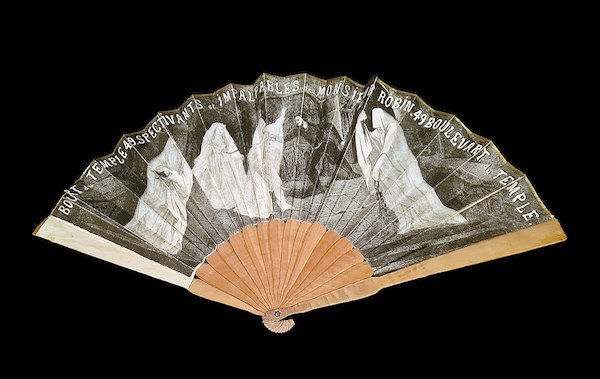
![]()
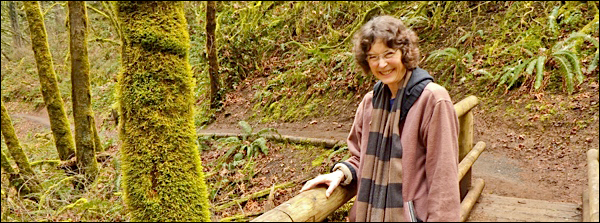
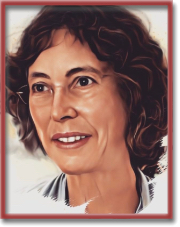
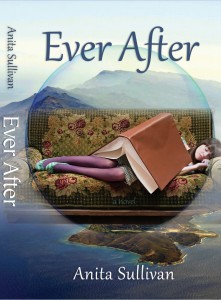
One Comment
Diana
Anita, so many incredible images here, such a poignant, multi-layered anatomy of grief. Sending hugs and praise for turning your pain into shards of beauty.